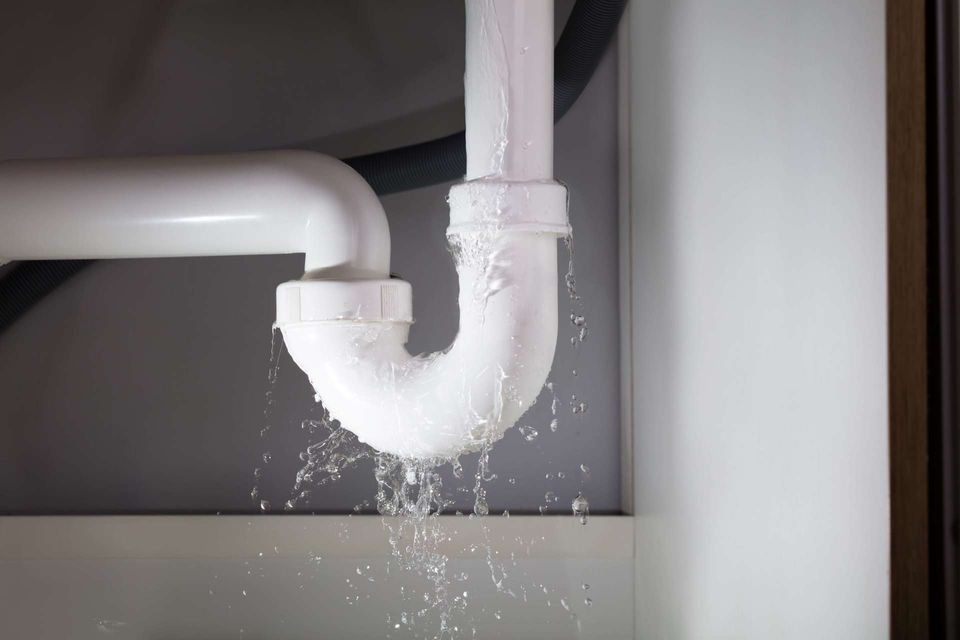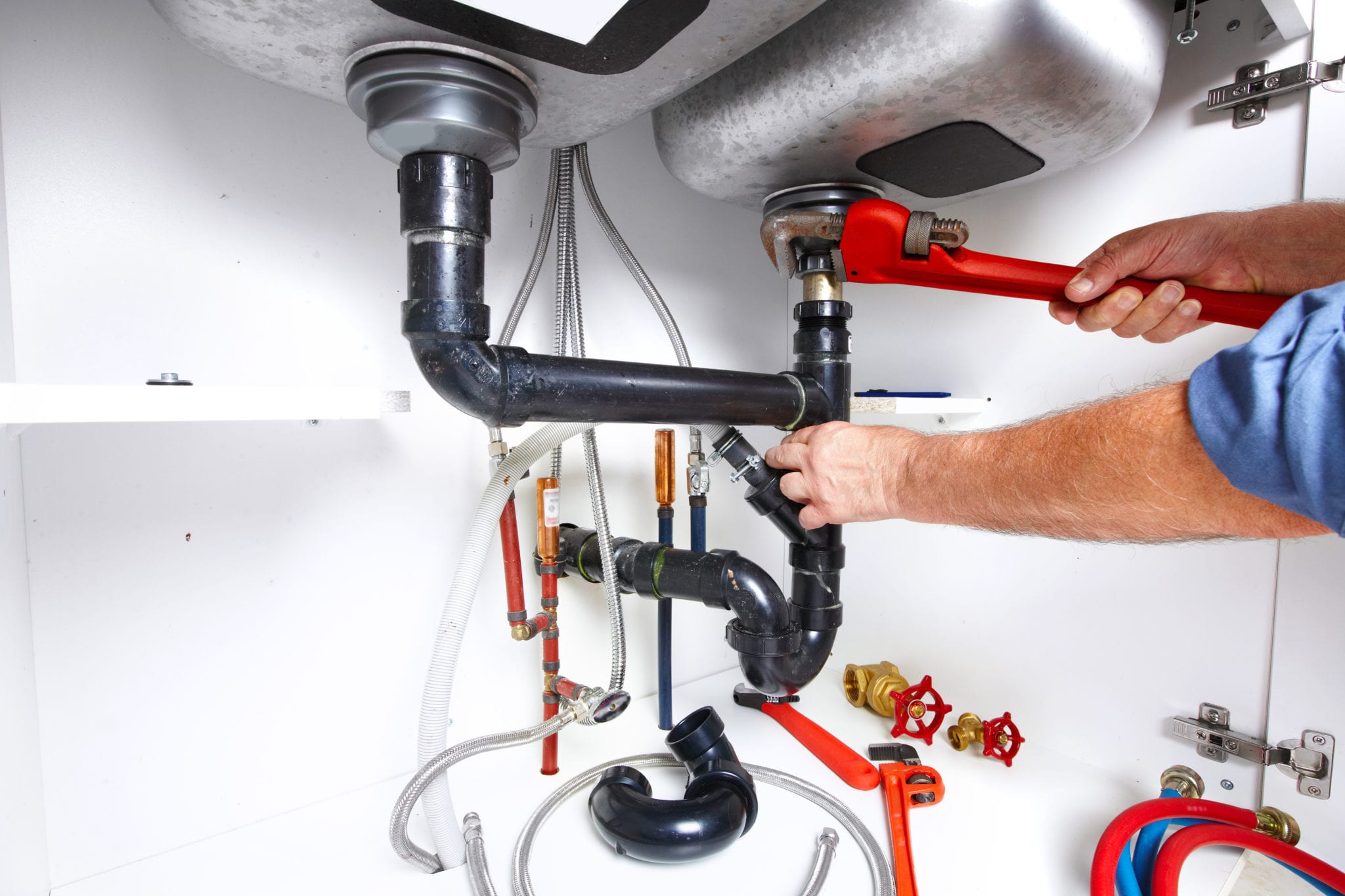How to Inspect If Your Residence Has a Covert Leakage
How to Inspect If Your Residence Has a Covert Leakage
Blog Article
Here below you can get a good deal of high-quality ideas all about Hacks to detect leaks.

Early discovery of leaking water lines can mitigate a potential calamity. Besides conserving you money, it will lessen the stress and also disappointment. The minute you discover a leak, calling your plumber for repairs is the best service. Some small water leakages might not be noticeable. If you can not identify it with your nude eyes, below are some hacks that assist.
1. Examine the Water Meter
Every house has a water meter. Inspecting it is a surefire manner in which helps you discover leakages. For beginners, switch off all the water resources. Guarantee no one will certainly purge, utilize the faucet, shower, run the cleaning equipment or dishwashing machine. From there, go to the meter as well as watch if it will transform. Considering that no person is using it, there should be no movements. That suggests a fast-moving leakage if it relocates. If you identify no changes, wait a hr or 2 and check back once again. This indicates you may have a slow leakage that can even be below ground.
2. Examine Water Usage
Analyze your water bills and track your water consumption. As the one paying it, you must see if there are any kind of inconsistencies. If you detect sudden changes, regardless of your consumption coinciding, it suggests that you have leaks in your plumbing system. Bear in mind, your water bill ought to fall under the very same variety each month. An abrupt spike in your expense indicates a fast-moving leak.
On the other hand, a stable rise each month, even with the exact same routines, shows you have a slow-moving leak that's also gradually intensifying. Call a plumber to extensively inspect your home, particularly if you feel a cozy area on your flooring with piping underneath.
3. Do a Food Coloring Test
When it comes to water consumption, 30% comes from bathrooms. If the color in some way infiltrates your dish throughout that time without flushing, there's a leak in between the storage tank and bowl.
4. Asses Outside Lines
Don't neglect to inspect your outdoor water lines too. Examination faucets by affixing a yard hose. Needs to water leak out of the link, you have a loose rubber gasket. Replace this and also ensure all links are tight. If you have actually obtained a lawn sprinkler, it will certainly help get it skillfully examined and preserved each year. One tiny leakage can waste lots of water and also increase your water costs.
5. Analyze the situation as well as check
Home owners ought to make it a routine to inspect under the sink counters and even inside cupboards for any type of bad odor or mold growth. These 2 warnings indicate a leak so punctual focus is needed. Doing routine examinations, also bi-annually, can save you from a major problem.
Check for stainings and damaging as a lot of pipes as well as appliances have a life expectations. If you presume leaking water lines in your plumbing system, do not wait for it to escalate.
Early discovery of leaking water lines can mitigate a prospective disaster. Some small water leakages may not be noticeable. Inspecting it is a guaranteed way that assists you uncover leaks. One tiny leakage can squander heaps of water and surge your water costs.
If you think dripping water lines in your plumbing system, do not wait for it to escalate.
How to Know If Your Home Has a Hidden Leak
Water Meter Reveals Inexplicable Water Usage
If you’d like to test whether or not there’s a leak somewhere in your home, you can do this using your water meter. Here is how to conduct the test:
Don’t use any water in your home for at least 30 minutes; this also means not turning on faucets or water-using appliances.
Go outside, and check your water meter for activity.
If your water meter shows that there was activity, even though no one was using any water, this proves that there is a leak in your home.Visible Mold or Mildew Growth
Leaks behind walls create moist, dark environments that allow mold and mildew to grow and thrive. Eventually, you might see mold growth forming on the wall closest to a hidden leak.
If mold is growing in an area that receives a high amount of moisture, such as a bathroom, it may simply be an indication that better ventilation is needed. However, if you see mold growth on a wall or the ceiling in an area where you would not expect, you probably have a hidden leak.
Musty, Mildew Odor
Sometimes you might not be able to see the mold or mildew that is growing as a result of a leak. However, the smell can give the problem away just as easily. If you catch a whiff of something musty, there’s a good chance that old water is collecting somewhere in your home that you can’t see.
Stained/Warped Walls, Ceilings, or Floors
When your home soaks up water, a variety of red flags can become visible, including ceiling stains, bubbling drywall, warped walls, and sagging floors. While these issues can be caused by excess humidity, they can also be signs that a pipe or plumbing connection has started leaking behind your walls.
Inexplicably High Water Bill
After a while, you get a general sense for what your water bill should be. If you own a pool or sprinkler system, your bill will tend to be higher during summer. However, if you receive a water bill that seems especially high, and you can’t figure out what caused it, then you may have a hidden leak somewhere that’s increasing your bill.
https://www.plumbingjoint.com/blog/2019/july/how-to-know-if-your-home-has-a-hidden-leak/

Do you appreciate reading about Detecting hidden plumbing leaks? Write a review down below. We would be pleased to know your feelings about this posting. We hope to see you back again before long. Sharing is nice. Helping others is fun. Thank you so much for taking the time to read it.
Report this page